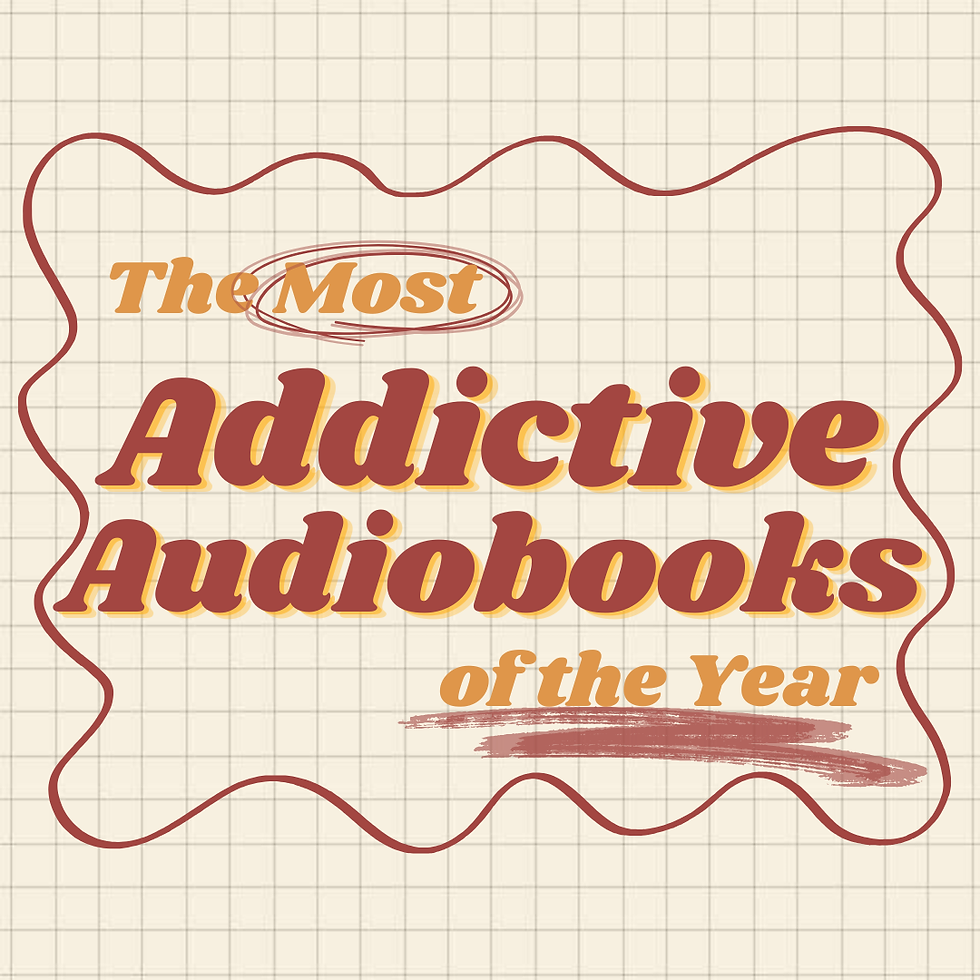LGBTQIA+ Graphic Novels for Your Reading List
- The Publishing Post

- Apr 10, 2024
- 4 min read
By Rhys Wright, Amy Blay, Shan Heyworth, Becca Binnie, and Rosie Green
Want to read more?
Subscribe to thepublishingpost.com to keep reading this exclusive post.








